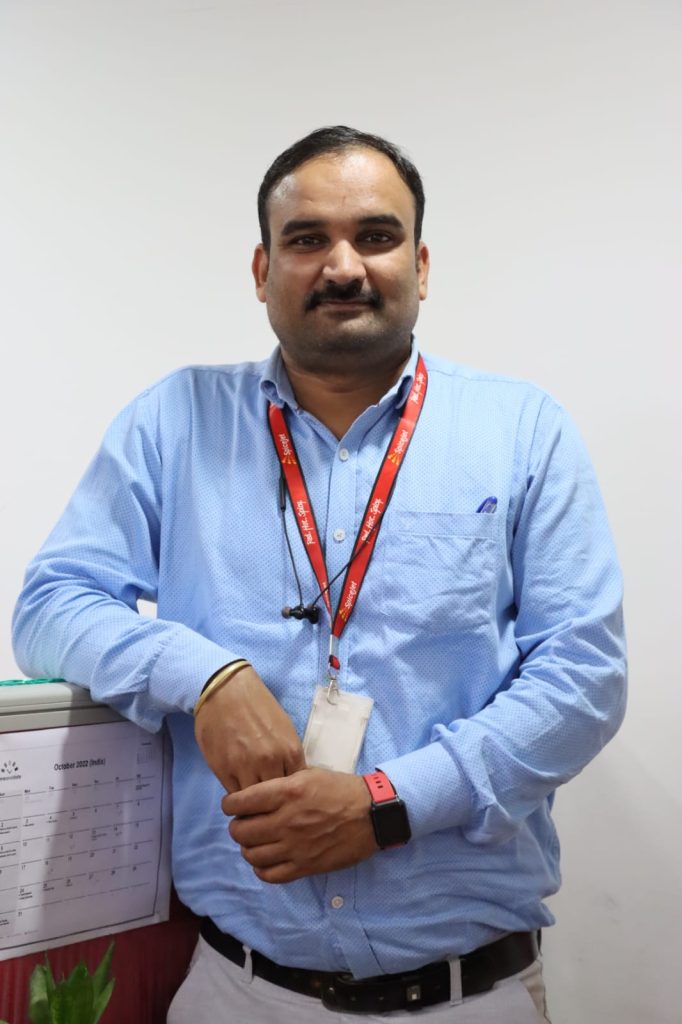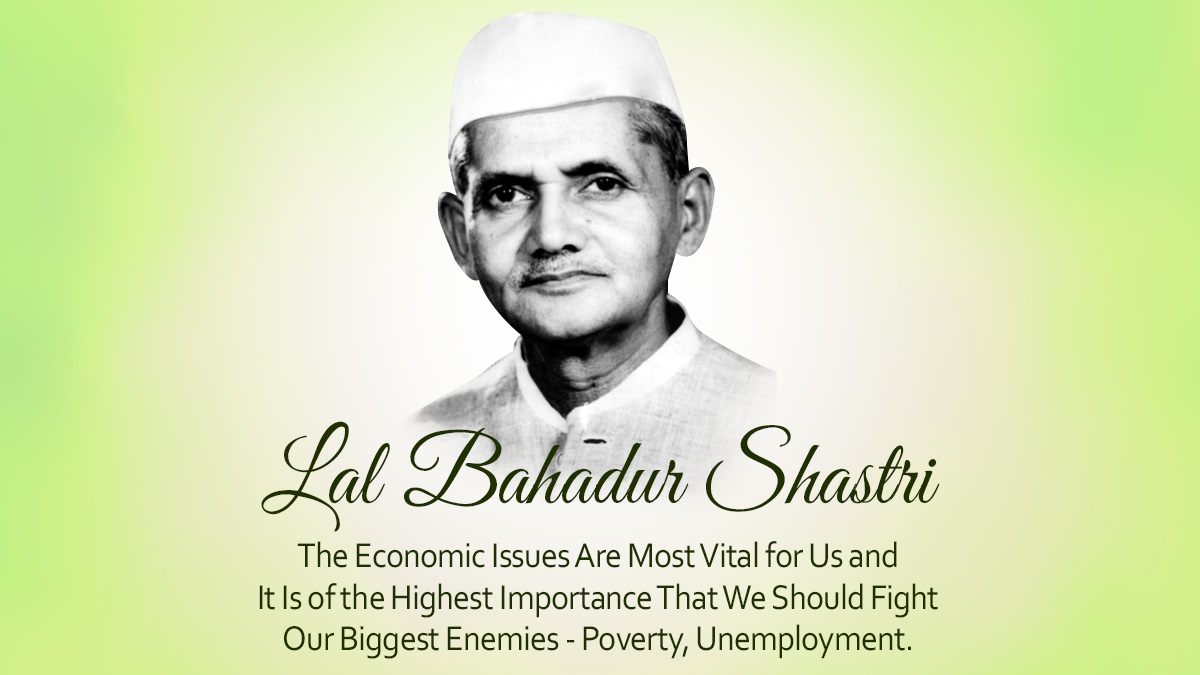Dussehra: Triumph, Culture, and Heritage Celebrated Across India
Dussehra, known as Vijayadashami, stands as one of India’s most significant and culturally rich festivals. It’s a time when the nation comes together in celebration, marking the victory of good over evil. During this grand celebration, India showcases its diverse cultural tapestry vividly.
**The Legend of Lord Rama:**
The heart of Dussehra lies in the legendary tale of Lord Rama’s triumph over the demon king Ravana. This narrative, primarily associated with the northern and western regions of India, unfolds in grandeur during the festival. In these areas, towering effigies of Ravana, his brother Kumbhakarna, and his son Meghnad are constructed in open grounds. These larger-than-life creations are then filled with fireworks and other flammable materials. As the sun sets, a dramatic reenactment of Lord Rama’s victory over Ravana, known as “Ram Lila,” takes center stage. The climax of this event is the symbolic burning of these colossal effigies, signifying the defeat of evil and the eternal victory of righteousness.
**Durga Puja:**
In contrast, other parts of India, particularly in the eastern and northeastern regions, observe Dussehra as a time to honor the goddess Durga’s victory over the formidable buffalo demon Mahishasura. This celebration is known as “Durga Puja.” It involves elaborate processions, breathtaking temple decorations, captivating cultural performances, and the immersion of intricately crafted Durga idols in rivers.
**Navaratri and New Beginnings:**
Dussehra also serves as the grand finale of the nine-day Navaratri festival. During Navaratri, Hindus worship various forms of goddesses, including Durga, Lakshmi, and Saraswati. The tenth day, Dussehra, holds special significance as an auspicious time for initiating new ventures and seeking blessings for success. People exchange greetings and sweets, enveloping the atmosphere in a sense of joy and festivity.
**Cultural and Regional Diversity:**
One of the remarkable features of Dussehra is its diverse celebrations across India’s various regions. Each part of the country adds its own unique touch to the festival, reflecting the rich cultural mosaic of India. Music, dance, drama, processions, and artistic expressions bring this festival to life in distinct ways.
**Seasonal Transition and Renewal:**
Dussehra typically falls as the monsoon season gives way to autumn in India. This transition signifies the shedding of the old and the embracing of the new. It is a time to make significant life decisions and embark on fresh endeavors, as nature herself undergoes a transformation.
**Community and Values:**
Beyond the religious and cultural aspects, Dussehra fosters social bonds and family togetherness. Families gather, share meals, and exchange greetings, reinforcing the values of unity and moral righteousness that the festival symbolizes.
**Eternal Battle of Good and Evil:**
At its core, Dussehra serves as a powerful reminder of the enduring battle between good and evil, emphasizing the importance of virtue, truth, and morality in our lives.
**Economic Boost and Tourism:**
The festival also has significant economic implications. It boosts local businesses, the handicraft industry, and the tourism sector as visitors from far and wide come to witness the grand celebrations.
**Dussehra in Rajasthan: A Unique Flavor: **
In the northwestern state of Rajasthan, Dussehra takes on a distinctive character. The festival becomes a celebration of Rajput heritage, with grand processions, traditional music, and dance performances, and larger-than-life effigies of Ravana, Kumbhakarna, and Meghnad, particularly in the Shekhawati region. Rajasthan’s artistic and cultural prowess shines through during this time, attracting tourists and bolstering the local economy.
**In Conclusion:**
Dussehra, with its diverse narratives and vibrant celebrations, encapsulates the essence of India’s cultural and religious tapestry. It unites the nation in a collective celebration of good’s victory over evil, while also serving as a reminder of the eternal values of righteousness and morality. As the effigies of Ravana are set ablaze and the goddess Durga is immersed in rivers, India renews its commitment to these timeless principles, celebrating its rich heritage and traditions in the process.
By: Mr. Brij Mohan Gupta (Manager – Administration)




